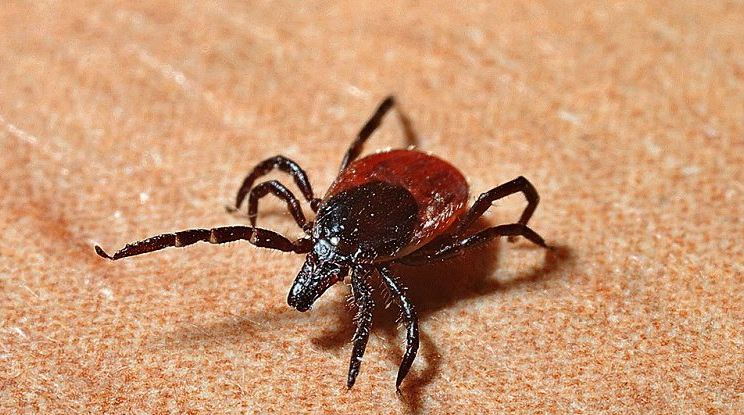A tick carrying the bacteria that can cause Lyme disease in humans has been identified recently in the Sudbury area.
Since black-legged ticks travel on migratory birds, they can be found anywhere and this serves as a reminder to the public to take proper precautions to protect themselves against Lyme disease.
Methods to prevent tick bites include:
- Use bug spray or other insect repellants that contain DEET or Icaridin;
- Wear long-sleeved shirts and long pants, and tuck your shirt into your pants and your pants into your socks;
- Wear light-coloured clothing to spot ticks more easily;
- Search your clothes and body for ticks at least once a day, paying special attention to areas such as the groin, navel, armpits, scalp, behind ears and knees;
- Don’t forget to tick check children in your care;
- Try to stay on cleared paths when possible, as ticks are more commonly found in wooded areas, or in tall grasses, bushes and shrubs; and
- Take a shower as soon as you can after being outdoors
If you find a tick on your body, remove it carefully with tweezers. Grasp the tick by the head as close to the skin as possible. If parts of the tick’s mouth break off and remain in the skin, remove them with tweezers. If you can’t remove them, leave them alone and let the skin heal. Collect the tick, and make note of where you believe to have encountered it. See your health care provider right away, and when possible, bring the tick to the Health Unit.
For more information on Lyme disease, please visit the Health Unit website at www.myhealthunit.ca/lyme or call 1-800-563-2808.






